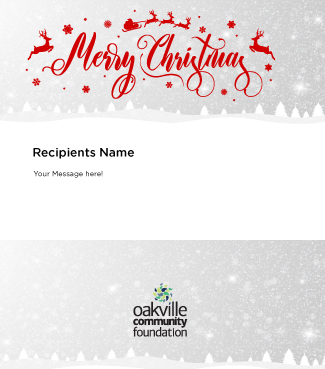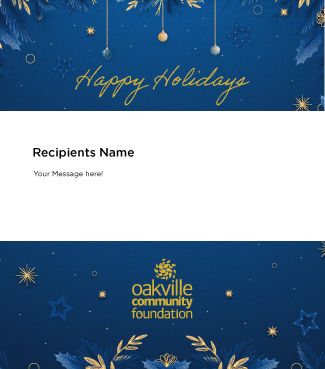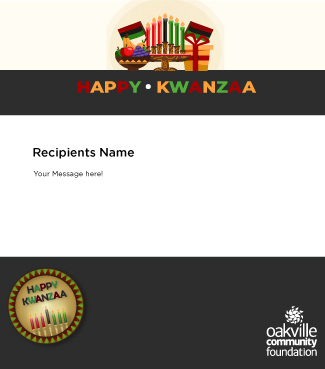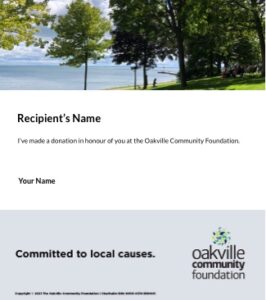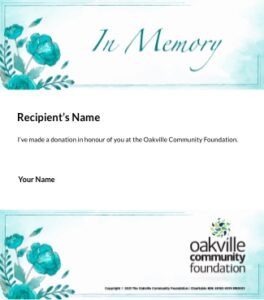The Oakville Resiliency Report is timestamped in September 2020, but the COVID-19 pandemic is not over. Welcome to the third installment of our #WeekendReads series! Join us every Friday for the next six weeks as we build on information shared in the report and share new information that is now available. Click here for previous installments.
Sources can be found here or by clicking the superscript within the text.
In the Oakville Resiliency Report we indicated that finding safe housing and shelter can be a difficult task. The pandemic has made this task even more difficult, as costs have fluctuated and most congregate living situations have been dangerous due to the difficulty to physically distance.
A major trend through 2020 saw people leaving the big urban areas for smaller towns and suburbs. The appeal was more affordable housing, more green space and a more spacious living situation. The suburbs surrounding Toronto had their populations grow by single-digits however the high demand for single family homes has been met with low supply and bidding wars.¹
LONG-TERM CARE
Long-term care homes in Oakville have been hit much harder by the second wave of the COVID-19 pandemic than the first. There have now been 48 deaths in long-term care and retirement homes in Oakville and 82% of all deaths in Oakville have been long-term care residents. There have been 31 confirmed outbreaks and more than 370 cases, both residents and staff.²
In January 2021, the Ontario government announced that Oakville’s five long-term care homes would receive $1.63 million in funding.³ This funding is to go to a 24/7 checkpoint for employees entering the facility, resident screening, new staff to deal with the increased workload, cleaning equipment, supplies and new infection control measures.
Halton Region has successfully given a first dose of the COVID-19 vaccine to all long-term care residents.⁴
EMERGENCY SHELTERS
Emergency shelters have been some of the most negatively impacted services by COVID-19. Many shelters have had to reduce their capacity and move some clients into temporary hotels to ensure a safe environment. But what about the people who don’t have shelter? While people with a recent history of homelessness in Ontario were more likely to be tested for COVID-19, they were also more likely to test positive.⁵
People with a recent history of homelessness were found to be 20 times more likely to be admitted to a hospital due to COVID-19, they were 10 times more likely to require intensive care and they were five times more likely to die within 21 days of a positive test.⁵
It has been difficult for women living in abusive situations to reach out for help or leave their homes during lockdown periods. While most reported crimes have dropped, uttering threats by a family member rose 2% and domestic disturbances rose 8% in 2020.⁶
Most women’s emergency shelters in Canada have had to reduce capacity – including Halton Women’s Place – to abide by social distancing guidelines. There is also a greater reluctance to leave a violent situation when the alternative could mean being exposed to COVID-19.⁷ Shelters have had to increase their outreach and use new technology to be able to reach these women who are in violent situations but are unable or unwilling to leave home.
OTHER SHELTERS
There are currently five Ontario jails facing outbreaks of COVID-19. This includes the Maplehurst Correctional Complex in Milton which has 97 active inmate cases and 52 staff cases, the worst outbreak throughout the pandemic.⁸ The Maplehurst Correctional Complex is currently one of three jails running over capacity in Ontario.
There have been more than 5,000 cases of COVID-19 in jails throughout Canada and in recent months the jail population has been increasing back up to pre-pandemic numbers in Ontario. It is unclear when inmates and corrections staff will receive COVID-19 vaccines.⁹
HOW CAN YOU HELP?
Charitable organizations helping community members with shelter have received funds from the Oakville Resiliency Fund, GIVEOakville and the Emergency Community Support Fund, funded by the Government of Canada – critical funding that has helped, but we know it’s not enough and does not satisfy all the needs.
Organizations like the Salvation Army Lighthouse Emergency Shelter have seen the demand for their services increase by 50% since the start of the pandemic. Community Living Oakville – which runs programs for people with developmental disabilities, including a residential program – has indicated they have a waiting list of more than 400 clients.
We know the work always continues and charities need our help to continue supporting members of our community. You can continue to support the shelter needs in the community by giving to the Oakville Resiliency Fund.
¹Canadians leaving big cities in record numbers
²Halton Region – Status of COVID-19 by Institution
³Province adds $1.63 million to Oakville long-term care homes
⁴Tracking the COVID-19 vaccine rollout in Halton Region
⁶The pandemic took a bite out of crime: StatsCan
⁷Shelter Voices 2020: The Impact of COVID-19 on VAW Shelters
⁸Five Ontario jails have significant COVID-19 outbreaks
⁹Maplehurst’s active COVID cases make it Ontario’s worst jail outbreak of the pandemic

